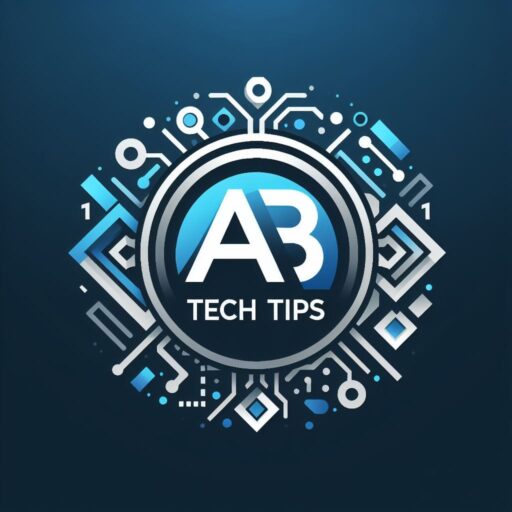“Artificial Intelligence in Education” refers to the integration of brilliant advances like computer-based intelligence calculations with artificial intelligence in the classroom. It aims to improve instruction and opportunities for growth by customizing schooling, automating managerial tasks, and delivering information-rich experiences. It’s tied in with utilizing smart frameworks to make learning more productive, viable, and tailored to individual students.
Find out how computerized reasoning is making learning more customised and effective. Examine how artificial intelligence is disrupting classrooms, helping students succeed with custom-made help. Immerse yourself in the future of education, where computer-based intelligence is paving the way for global opportunities for students.
Growing Role of AI in Education
Artificial intelligence is increasingly becoming a distinct advantage in training. Artificial intelligence is reshaping how we educate and learn, from creating customized learning opportunities to computerizing authoritative tasks. Understudy commitment and appreciation are improved by adapting instructional material to their needs and abilities. Additionally, computerizing undertakings like evaluating and example arranging saves teachers the ideal opportunity for additional significant collaborations with understudies.
Importance of Discussing pros and corns AI in Education
As artificial intelligence keeps on forming the instructive scene, analyzing the two advantages and drawbacks is pivotal. Understanding the expected benefits and difficulties of artificial intelligence coordination permits us to make informed choices and guarantee its mindful use in training.
While computer-based intelligence holds a guarantee in improving learning results and productivity, it likewise raises worries about security, predisposition, and depersonalization. Consequently, by basically assessing its effect, we can boost the advantages of artificial intelligence while tending to its restrictions.
Pros of using Artificial Intelligence in Education
Here we described some important role-playing pros of using AI in education, so please read carefully for proper understanding.
1. Further developed customised growth opportunities for understudies:
Man-made reasoning (simulated intelligence) empowers customised advancing by adjusting instructive substance and speed to individual understudies’ necessities and learning styles. This customisation encourages more prominent commitment and appreciation, taking special care of different understudy capacities and inclinations.
2. Upgraded proficiency in evaluating and criticism processes:
Computer-based intelligence smoothes out authoritative undertakings like reviewing tasks and giving criticism. Mechanised evaluating frameworks save instructors time, permitting them to zero in on additional significant communications with understudies. Moreover, moment input given by man-made intelligence advances constant improvement and learning.
3. Admittance to many instructive assets and devices:
Simulated intelligence-controlled instructive stages offer admittance to an immense range of assets and devices. From intuitive reproductions to versatile learning modules, understudies can investigate different subjects and learning materials custom-made to their inclinations and ability levels.
4. Capacity to investigate understudy information for better bits of knowledge and direction:
Man-made intelligence calculations dissect understudy information to recognise examples, patterns, and regions for development. Instructors can use these bits of knowledge to tailor guidance, distinguish battling understudies, and enhance showing methodologies for better understudy results.
5. Assistance of remote learning and openness for all understudies:
In an undeniably advanced world, simulated intelligence works with remote advancement by giving whenever anyplace admittance to instructive substance. This availability separates geological boundaries, empowering understudies from different foundations to get quality instruction. Also, man-made intelligence-fueled devices can oblige different advancing necessities, guaranteeing inclusivity and equivalent open doors for all understudies.
Cons of using Artificial Intelligence in Education
Here we also describe the Cons of using Artificial Intelligence in Education, so please read them carefully one by one.
1. Potential work relocation for instructors and teachers:
The coordination of simulated intelligence in schooling raises worries about the possible dislodging of the educating position. Robotized frameworks and simulated intelligence-driven stages might supplant specific parts of instructing, prompting position instability among instructors.
2. Security concerns in regard to understudy information assortment and utilisation:
Computer-based intelligence frameworks gather and dissect huge measures of understudy information, raising critical protection concerns. There is a gamble of unapproved access, information breaks, and abuse of delicate understudy data, compromising security freedoms and privacy.
3. Absence of the capacity to understand anyone on a deeper level and human touch in the growing experience:
While computer-based intelligence can customize growth opportunities and give input, it misses the mark on the capacity to understand individuals on a profound level and the human touch fundamental for compelling instructing and learning. Building compatibility, compassion, and relational associations with understudies are fundamental parts of instruction that man-made intelligence might battle to imitate.
4. Reliance on innovation prompting diminished decisive reasoning abilities:
Overreliance on simulated intelligence innovation in schooling might thwart the improvement of decisive reasoning abilities among understudies. Depending exclusively on simulated intelligence-driven answers for critical thinking and learning assignments could reduce understudies’ capacity to think fundamentally, investigate data, and think inventively.
5. Inconsistent admittance to artificial intelligence innovation among schools and understudies:
Not all schools and understudies have equivalent admittance to artificial intelligence innovation, prompting variations in instructive open doors. Schools with restricted assets might battle to bear the cost of man-made intelligence-controlled devices and stages, extending the hole among special and hindered understudies. This imbalance fuels existing variations in training and admittance to innovation.
Conclusion
The integration of Artificial Intelligence (AI) in schooling offers two valuable open doors and difficulties. While simulated intelligence can further develop customised growth opportunities and smooth out regulatory errands, it additionally raises worries about work removal, protection, the capacity to understand anyone at their core, decisive reasoning abilities, and inconsistent aA reasonable methodology is expected to guarantee man-made intelligence improves the instructive experience while relieving its impediments. Cooperation among instructors, technologists, analysts, and policymakers can drive advancement and moral rules for dependable man-made intelligence use.
Pushing ahead, further exploration and conversations are fundamental to boost the advantages of artificial intelligence while tending to its difficulties in training. Joint efforts among teachers, technologists, analysts, and policymakers can drive advancement and shape moral rules for the dependable utilisation of man-made intelligence in instructive settings. Together, we can bridle the extraordinary capability of artificial intelligence to make comprehensive, fair, and powerful learning conditions for all understudies.

